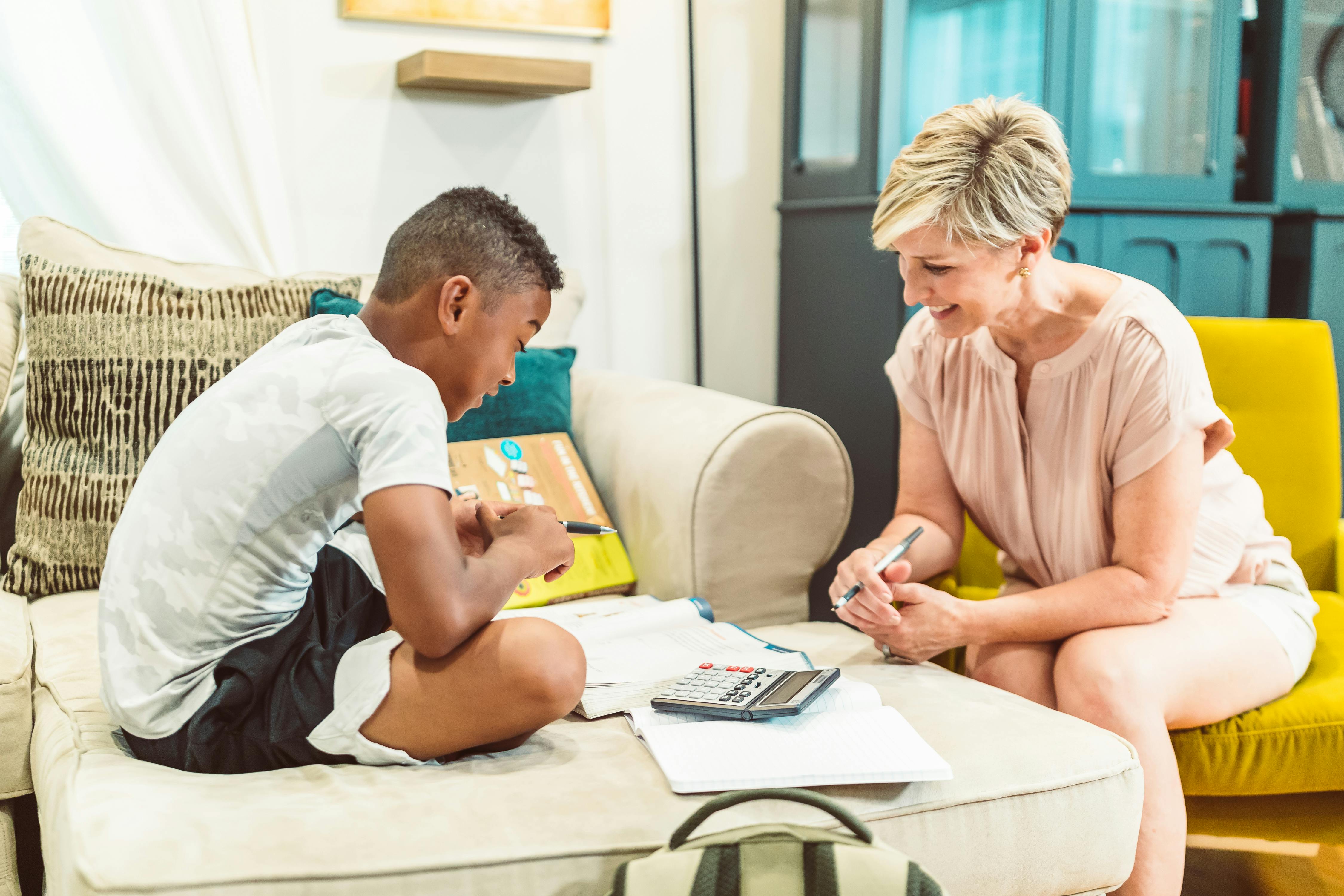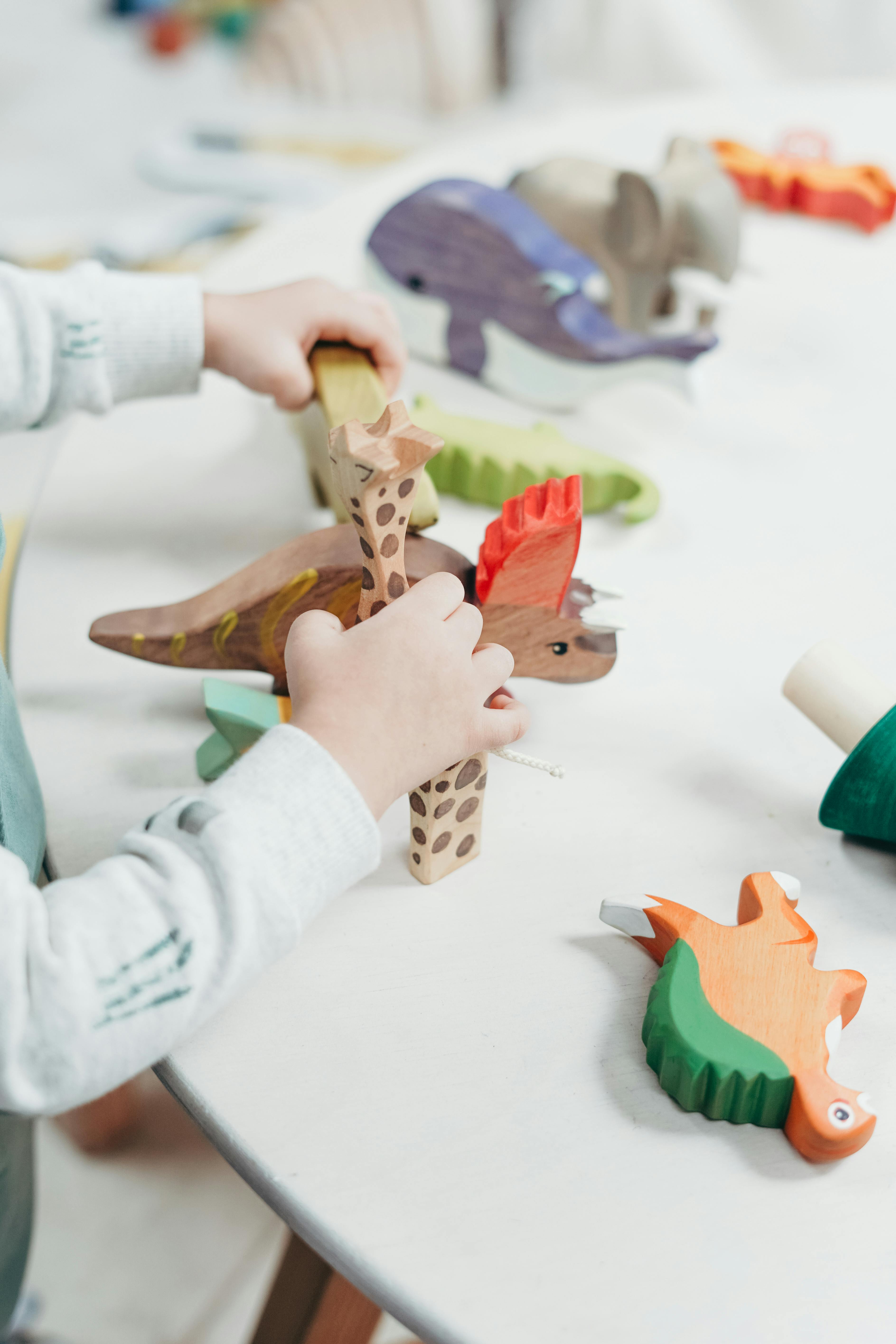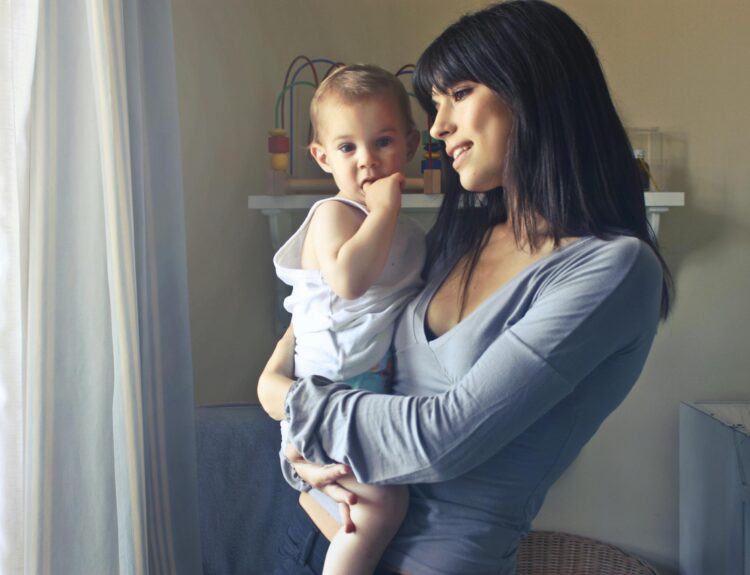Every child has a phase where their interests shift suddenly, and as a parent, you find yourself observing these changes with a mix of amusement and wonder. For my son Anas, that shift came when he discovered mysterious cartoons. It started with a few episodes out of curiosity, and before I knew it, his world was filled with questions about secret places, strange creatures, hidden doors, and magical powers.
Watching him dive into this mysterious world has been both fascinating and eye-opening. It’s a reminder of how children use what they watch to build their understanding of the world. But it also comes with moments where I, as a mother, need to balance his imagination with reality.
The Beginning of His Fascination
It all began one afternoon when Anas stumbled upon a cartoon series that revolved around mysterious adventures—secret caves, treasure hunts, and puzzles that needed solving. He was instantly hooked. Unlike the usual funny or action-packed shows he used to love, this one had a darker, more curious tone.
At first, I thought it was just a passing interest. But as days went by, he started asking questions like:
- “Do secret tunnels really exist under our house?”
- “What if there are hidden creatures in the forest?”
- “Can people really turn invisible?”
His eyes sparkled with curiosity, and I realized he wasn’t just watching the shows passively. He was absorbing every detail, imagining himself in those adventures.
Mysterious Cartoons Becoming a Routine
Soon, watching mysterious cartoons became part of his daily routine. He would finish his meals quickly just to get back to his favorite series. Sometimes, he even carried his toy magnifying glass around the house, pretending to solve “mysteries.”
I’d catch him peeking under the bed or behind the curtains, whispering to himself as if he was uncovering a secret. It was adorable, but it also made me realize how powerful children’s imaginations can become when fueled by what they watch regularly.
The Shift in His Thoughts
The more he watched, the more his way of thinking started to reflect the shows. He began noticing small details around the house and questioning them. For example, if there was a strange sound, he wouldn’t just brush it off—he’d say, “That’s a clue!” If the lights flickered, he’d gasp and whisper, “Something mysterious is happening!”
One evening, while we were having dinner, he suddenly looked up and asked, “Mama, what if our house has a secret door that leads to another world?” I couldn’t help but smile at his seriousness. In his mind, the line between fiction and possibility was blurred, and he was enjoying exploring that space.
How I Responded as a Parent
As a mother, I wanted to nurture his curiosity without letting it overwhelm him. So, instead of dismissing his questions, I started answering them gently. If he asked about secret tunnels, I’d say, “Some old houses do have them, but ours doesn’t. But we can imagine one if you want to make a story.”
When he talked about mysterious creatures, I’d acknowledge his ideas and then explain the difference between stories and real life. I found that striking a balance between encouraging imagination and giving factual explanations worked best.

Turning His Curiosity Into Play
To channel his fascination in a positive way, I introduced little “mystery games” at home. We’d hide small objects and give him clues to find them, like a mini treasure hunt. Sometimes, we’d build blanket forts and pretend it was a secret detective agency.
These games allowed him to use his imagination actively instead of just absorbing what he saw on screen. It also became a fun bonding activity for the whole family. His eyes would light up when he “solved” the mystery, and it gave him a healthy outlet for his mysterious thoughts.
Noticing the Benefits of His New Interest
While it initially worried me that he was thinking about mysterious things so much, I started noticing positive changes too. His observation skills improved—he started paying attention to small details, listening carefully, and analyzing things around him.
His vocabulary expanded as he picked up new words from the shows, and his ability to tell stories grew richer. Sometimes, he’d create his own mystery adventures using his toys, assigning each toy a role, and narrating with excitement.
It became clear that this phase was not just entertainment; it was also stimulating his cognitive development in a playful way.
Setting Healthy Boundaries
Even though I appreciated his growing imagination, I knew it was important to set boundaries. Too much screen time—especially with intense or mysterious content—can sometimes lead to overthinking or fear during bedtime.
So, I set a schedule. He could watch his favorite mysterious cartoons at a fixed time each day, but not close to bedtime. We also balanced it with outdoor play, drawing, reading, and other types of shows that were lighter and more cheerful.
This way, his mysterious interests stayed fun and exciting without becoming overwhelming.

Late-Night Questions and Imagination
One funny thing that started happening was his “midnight mysteries.” Just when I thought he had fallen asleep, he’d suddenly whisper, “Mama, what if there’s a hidden treasure in our backyard?” Or, “Do you think invisible people live in the sky?”
These late-night questions made me realize just how deeply the cartoons had influenced his thought process. Instead of brushing him off, I’d give him calm answers, often turning his questions into bedtime stories that blended a bit of magic with comfort.
Watching His Imagination Grow
Anas’s interest in mysterious cartoons has shown me just how rich a child’s imagination can be. Every day, he comes up with new scenarios—some are hilarious, some are surprisingly smart, and some are genuinely creative.
He’s made me realize that curiosity, when guided with care, can be a powerful tool in a child’s development. His mysterious thoughts aren’t something to suppress; they’re a part of his growing personality.
Balancing Fantasy and Reality
The key has been helping him understand what’s make-believe and what’s real, without killing the magic. If he says, “What if there are invisible creatures?” I don’t simply say “No.” Instead, I say, “That’s a fun idea for a story. Maybe we can write a book about it together.”
This gentle redirection helps him hold onto his imagination while slowly learning about reality. It’s a balance I try to maintain every day.
FAQ
Why do kids get fascinated with mysterious cartoons?
Children are naturally curious. Mysterious cartoons stimulate their imagination, problem-solving skills, and sense of adventure. They love the thrill of “unknown” scenarios.
Is it harmful if my child thinks about mysterious things too much?
Not necessarily. It’s a healthy part of cognitive and creative development, as long as there’s a balance. Too much intense content can lead to fear or restlessness, so moderation is key.
How can parents respond to mysterious questions?
Instead of dismissing their questions, answer them gently. Encourage their imagination through games, stories, or activities that let them explore those ideas in a safe way.
How much screen time is okay for kids who love mysterious cartoons?
Limit screen time to recommended daily amounts (usually 1–2 hours, depending on age) and make sure it’s not right before bedtime. Mix it with other types of activities for balance.
How can I channel my child’s mysterious curiosity in a positive way?
Try treasure hunts, puzzle games, storytelling sessions, or even making homemade “mystery kits” to engage their curiosity creatively and actively.








